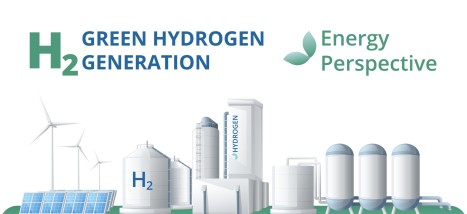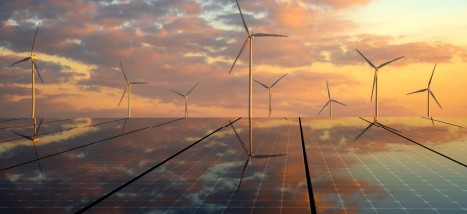-
14 November 2023

Financing the global energy transition through green bonds
Despite positive investments in renewable energy over the past decade, annual investments in renewable energy must double by 2050 to meet climate targets.
To deploy sufficient capital to drive the global transition to a low-carbon economy, a range of financial solutions must be developed and leveraged by policymakers, investors and financial institutions. The International Renewable Energy Agency (IRENA) recently published a series of renewable energy financing overviews looking at tools to scale up renewable energy sources. Renewable energy finance: Green bonds emphasizes that green bonds are an innovative tool that can help channel substantial global capital into renewable energy and other green assets.
By bridging the gap between capital and green asset providers, green bonds can help governments attract funding for projects to meet climate goals and enable investors to achieve sustainability goals. Like conventional bonds, green bonds allow the bond issuer to raise funds for specific projects or current affairs. The “green” label informs investors that the money raised will be used to fund environmentally friendly projects. IRENA's research shows that the volume of green bond issuance has grown almost consistently since 2014. The green bond market started just over a decade ago with the first issuance of a Climate Awareness Bond by the European Investment Bank in 2007, which committed EUR 600 million to 14 renewable energy and energy efficiency projects. Since then, the green bond market has grown significantly, especially in the past 5 years, with issuances in 2019 reaching a record $270 billion.
In addition to the growing amount of capital raised, the market also expanded with a growing variety of issuers from different regions - first from Europe, then North America, increasingly from Asia and to a lesser extent from Latin America and Africa. Issuers and currencies in which green bonds are offered are also diversified. From a market primarily driven by multilateral development banks and development finance institutions, green bonds are now issued by public and private institutions, including governments, government agencies, as well as private companies and financial institutions.
Examples of private initiatives that issue green bonds are WindShareFund (specifically in wind energy, from €1,000) and FutureEnergyFund (in green hydrogen technology combined with wind turbines and solar parks, from €100,000).
Source: IRENA
-
25 March 2025
 Green hydrogen can contribute effectively to emissions reductionBy: Evertjan van Roekel
Green hydrogen can contribute effectively to emissions reductionBy: Evertjan van RoekelGreen hydrogen often, but certainly not always, leads to CO2 gains. This is evident from research in Nature Energy by Kiane de Kleijne of Radboud University and Eindhoven University of Technology. 'If you calculate the entire life cycle of green hydrogen production and transport, the CO2 gain can be disappointing. But if green hydrogen is produced from very clean electricity and in the region, it can really contribute to emission reductions.'
[Read more...] -
18 February 2025
 Renewable energy investment creates great potentialBy: Evertjan van Roekel
Renewable energy investment creates great potentialBy: Evertjan van RoekelAn investment in renewable energy offers an excellent financial return and a way to put your money to work for people and the environment. Sustainable energy investments also play a crucial role in tackling the global climate problem.
[Read more...]